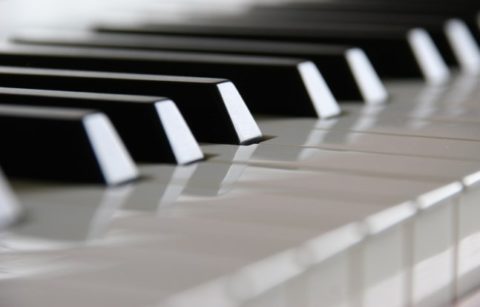Brain scans reveal that different parts of the brain light up when jazz musicians are improvising and “trading fours”, when they’re engrossed in spontaneous, improvisational musical conversation. The specific parts of the brain that are activated are those associated with the interpretation of the structure of phrases and sentences, the syntactics. Conversely, the musical “conversation” leads to reduced activity in brain areas linked to meaning, the semantics. I report more details in my latest column on the MRI channel at SpectroscopyNOW.com, but I also spoke to Joe Thompson, Musical Director of London’s “The Club at the Ivy” to get a jazz musician’s perspective on the research.

“Exchanging fours with a great jazz musician offers a freedom of expression far greater than the spoken word can ever hope to obtain,” he told me. “At best, it is a dialogue of emotions, a communion of feelings. Youre contradicting, testing each other, challenging and daring each other. You’re sharing experiences, enjoying a joke and a laugh. It’s a game of tennis, a fight, a dual. It is meticulously calculated one moment and blind risk the next. It’s a dance, a shared tribute. One minute you are Andy Murray and Rafael Nadal, the next you are Torville and Dean, Morecambe and Wise, whoever you want to be. A random blend of the highly sophisticated and the base, it can be highly cerebral as well as utterly naive. You share, you compliment, you clash. It’s a two-minute marriage.”
Thompson, who has collaborated with Elvis Costello and Diana Krall among others, suggests that it can feel primeval. “The most exciting, provoking, fulfilling exchange of fours I had (on piano) was with a guy on a djembe (African drum). He not only made me do things I didn’t know I could do, I played things I didn’t know I wanted to play,” he confessed.
There is a suggestion that a musical exchange somehow bypasses the brain, at least that is hw it feels to Thompson. “You are spontaneously playing what you feel at the precise moment you feel it,” he adds. “You breathe his music in, and your music out. How you play and what you play depends on many things. The best improvising is of the moment and in the moment. Compared to all of this, a spoken dialogue is a walk in the park.”
Of course, he points out that when we communicate with each other we are doing a lot more than listening to, processing and returning the spoken word. “In close-up, face to face dialogue, all of the senses are used, as they are when playing music with someone,” he says. “Is the brain working harder in the jazz dialogue than in a situation where a terrified bloke is chatting up the love of his life, knowing he only has one shot at it? Who knows? But, I don’t think you need an MRI to tell you that the brain is working in similar ways in each situation.”
From the scientific perspective, we do need that MRI scan to provide the physical evidence for what is happening in the brain and you can read the details on SpectroscopyNOW.